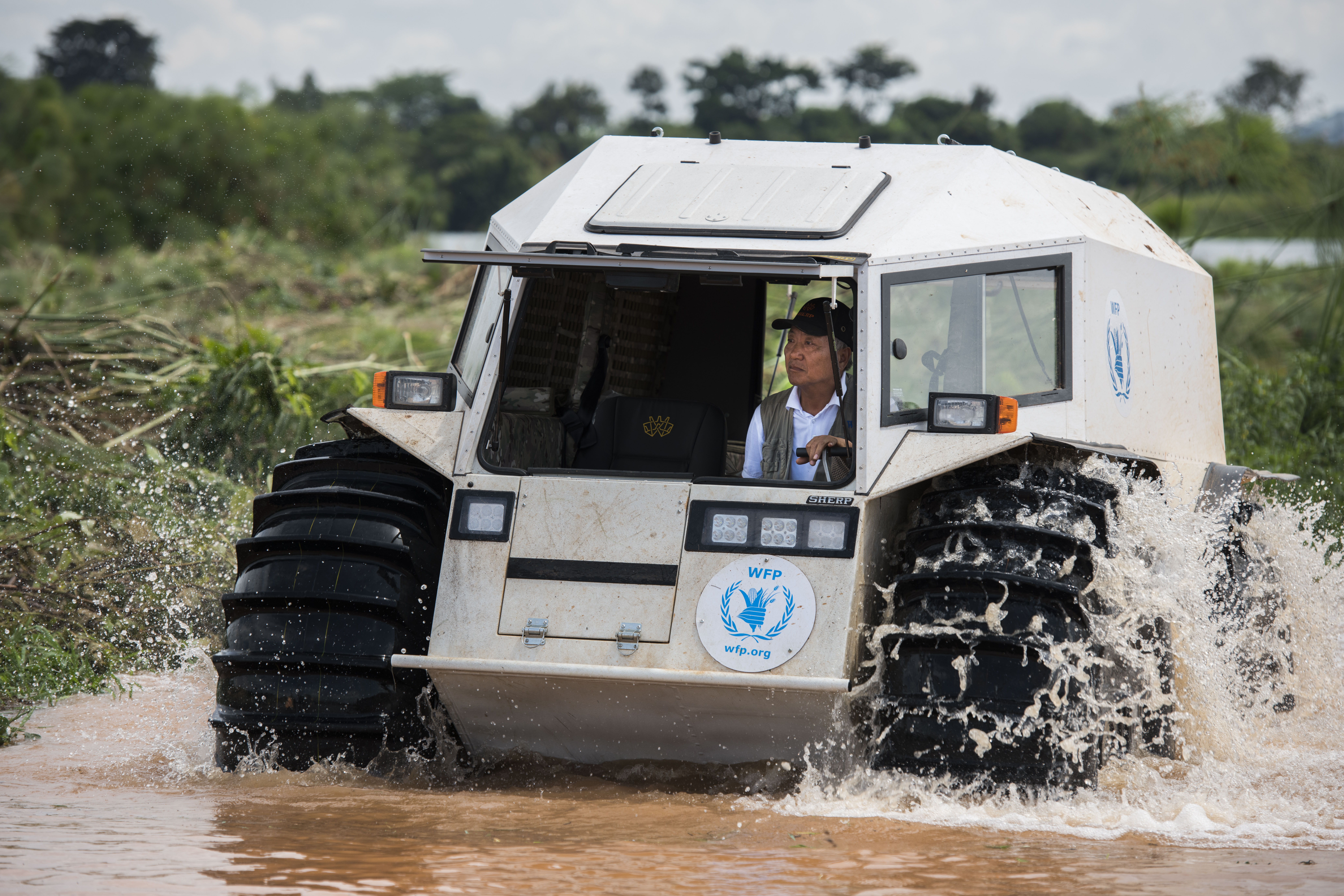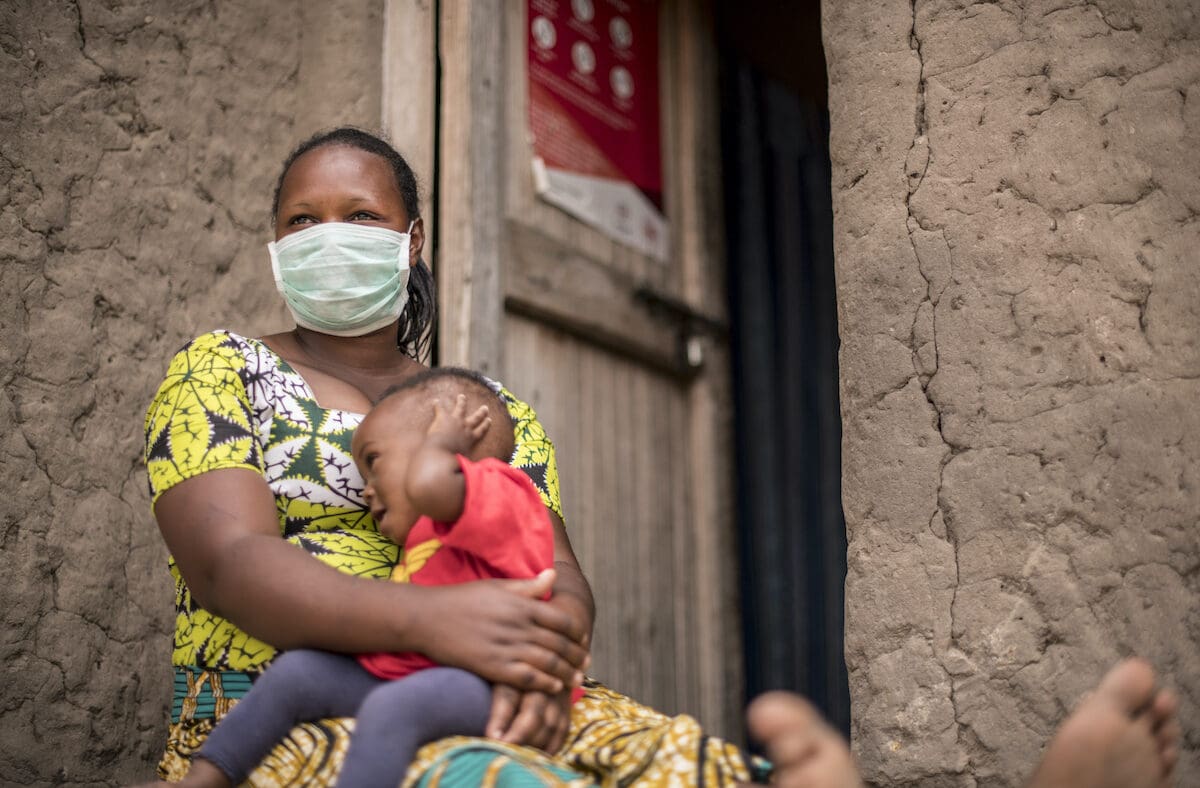
COVID-19 & Hunger
How the Coronavirus Pandemic is Spreading Hunger
The COVID-19 pandemic is driving millions of people into hunger and poverty. Countries are already in the grip of famine and people will starve without food assistance. We need your help to save their lives.
A Pandemic on Top of a Pandemic
The impact of COVID-19 on human lives and the global economy is devastating. Since the outbreak of the pandemic in 2020, the number of people facing hunger has increased by about 150 million.
How COVID-19 is Driving Hunger

Supply Chain Disruptions
COVID-19 lockdown measures disproportionately affected small-scale farmers, sellers, traders, shop owners and the like who move food through informal markets. Quarantines and travel restrictions restricted supply deliveries and caused food prices to spike, making food too expensive for millions of people who live hand-to-mouth.
Photo: WFP/Sayed Asif Mahmud
Economic Upheaval
Lockdown measures resulted in the loss of roughly 500 million full-time jobs. For low- and middle-class families who spend half their income on food, this income loss directly translated into hunger. For the millions who were barely scraping by before COVID-19, the pandemic has pushed them deeper into poverty and food even farther out of their reach.
Photo: WFP/Rakan Hassan
School Meals
In January of 2021, at least 39 billion school meals had been missed due to school closures. For many schoolchildren, it was their only meal of the day. WFP has adapted its school meals programs to provide cash-based transfers or take-home rations for children.
Photo: WFP/Arete/Nick Sells
Malnourishment
COVID-19 is especially deadly for the elderly or those whose health is already compromised. In a vicious cycle, illness makes people vulnerable to malnourishment, and malnourishment leaves people vulnerable to further infection.
Photo: WFP/Hussam Al Saleh



WFP’s Response to Covid-19
The U.N. World Food Programme is doing everything it can to make sure it can feed families in need and respond immediately to changes on the ground.
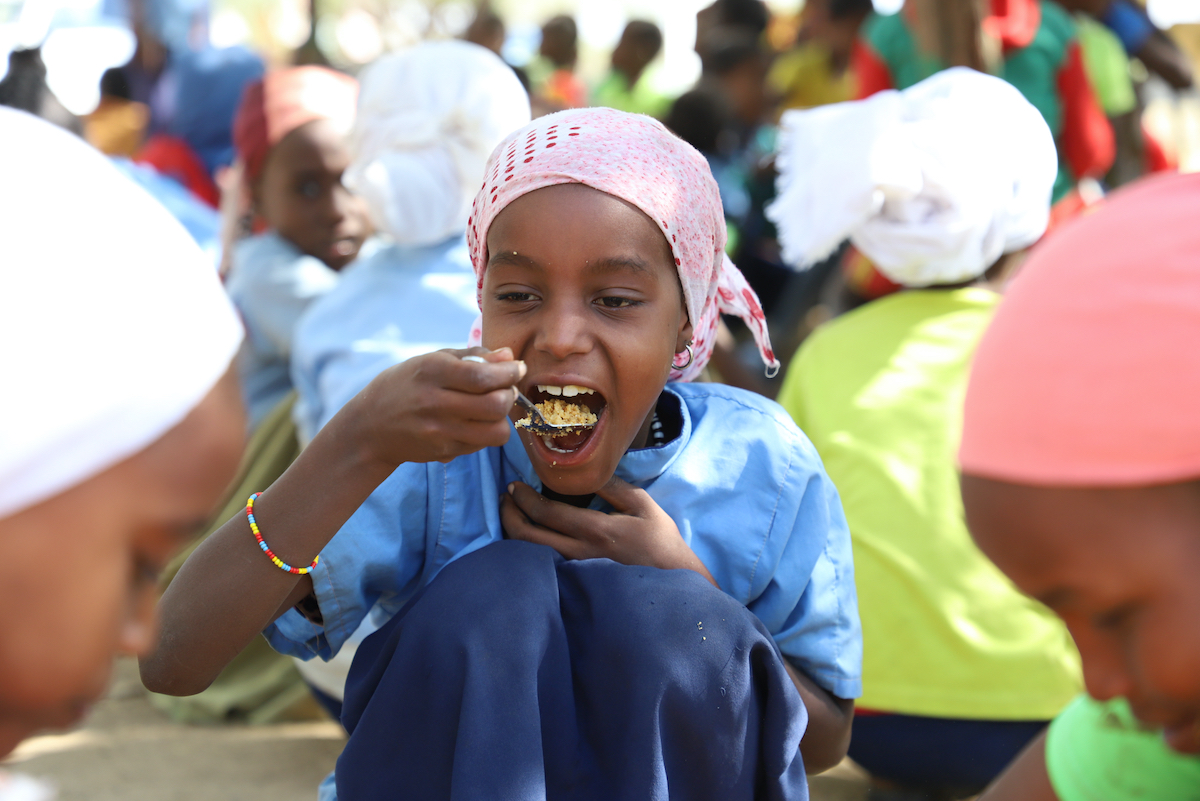
Amidst school closures, children still need nutritious meals and communities need stability. WFP is finding alternatives like providing take-home rations, delivering food directly to students’ homes and sending cash or food vouchers.

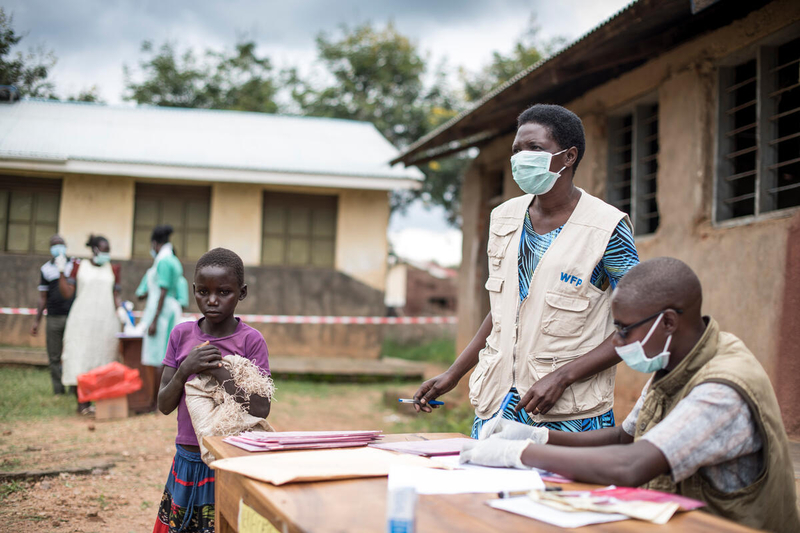
WFP is using its expertise in social protection to support governments in adapting to COVID lockdown measures. This includes adjusting meal programs as schools re-open and expanding protections to address rising poverty and malnutrition rates.


WFP scaled up logistics for the entire UN and global humanitarian community in the early stages of the pandemic. This included air, sea and land transportation, worldwide supply chains and warehouses, and MEDEVAC services for health workers.

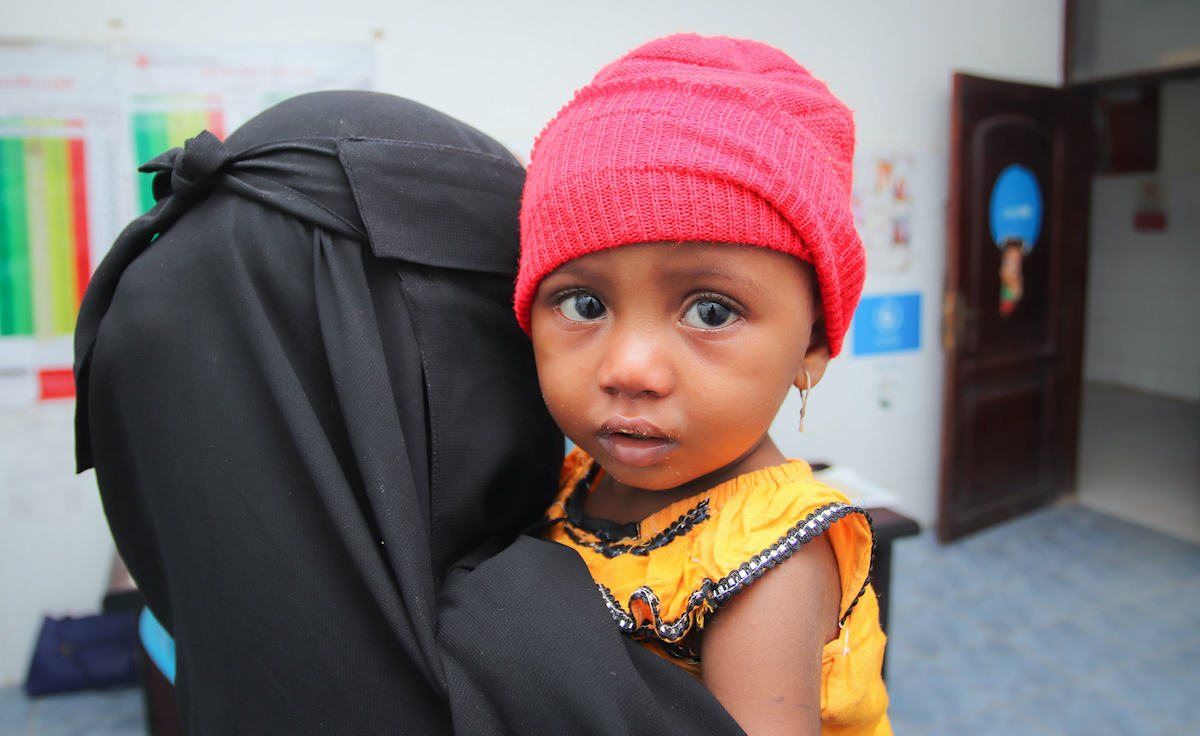
A pandemic can sharply increase malnutrition rates, yet sick people need even more micronutrients to fight off infection. WFP is providing support to the elderly, newborns, pregnant and nursing women, and people living with HIV/TB.

Covid-19 Updates
See the Latest Coronavirus Pandemic News & Stories
Help save lives today
Hunger won’t stop because of a virus, so neither will we. Help us send lifesaving food today to the world’s most vulnerable people.
